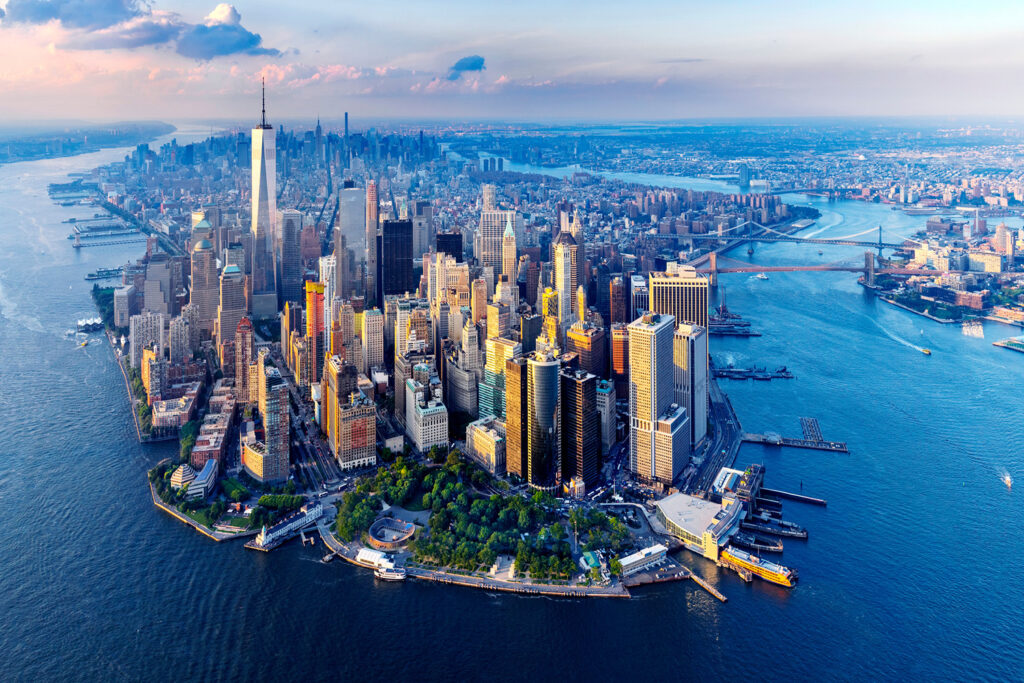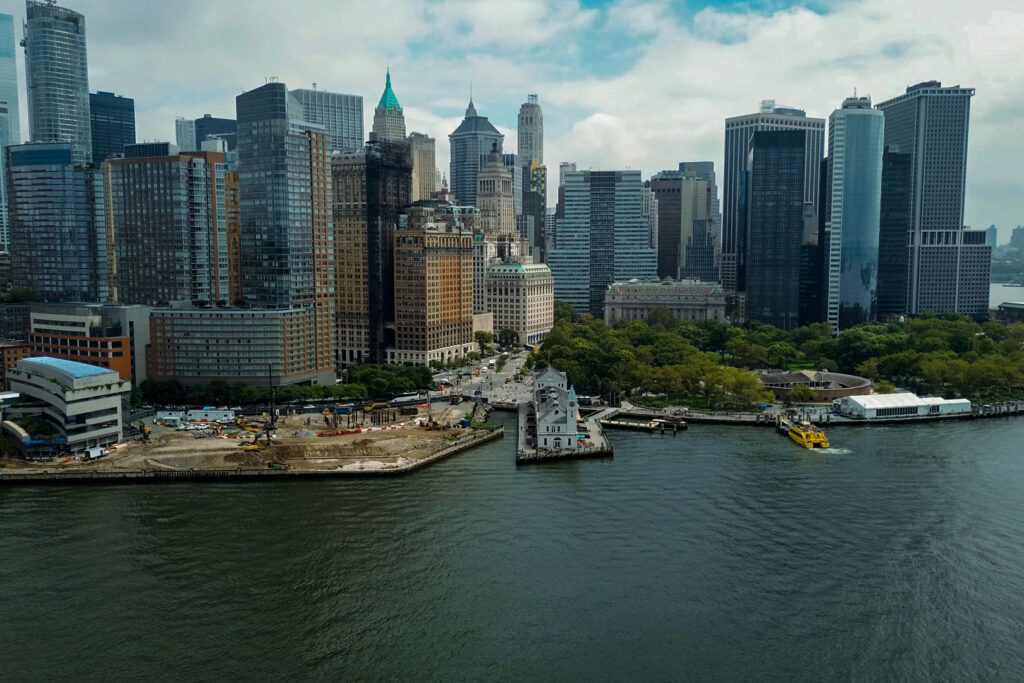Exploring the psychology of tall buildings
Last year I was invited to sit on a panel discussing super-tall buildings at the World Architecture Congress in Dubai. The last audience question of the event piqued my interest at the time and has held it ever since: “What is the panel’s view on the environmental psychology of tall buildings.” When I finally had my chance to speak, I was able to thank the questioner for raising possibly the most fundamental topic facing the future of super-tall buildings and, particularly, the limit to how tall we will go.
We will always innovate, and when faced with a challenge, we will usually overcome it. Technology is not a boundary for long: we find ways to deal with the logistics of building at ever increasing heights and we innovate with our materials and the way we use them. Money, often cited as the major hurdle to building super-tall, is not always the key motivator: the cost of a super-tall building is enormous and may not directly yield proportional return for the owners but it’s not always the goal. Often it’s the added value to the surrounding central business district (CBD) that can achieve the profitability and the raison d’être for the central icon. Sometimes it’s the value to the greater area in terms of a city or country’s status and tourism.
Maybe we’re the only real barrier to how tall we will go?
Environmental psychology is the study of the interaction of humans with their surroundings, essentially the user experience; how we react to space, form, colour, light and more. It’s perhaps surprising then that it’s not taught more as a core subject in architectural degrees given that, in order to create successful architecture, an architect surely needs to consider how spaces are perceived by the user.
For tall buildings, environmental psychology must surely be all the more important as these buildings have distinct psychological factors, which must affect the user experience. Increasingly, tall buildings are regarded as indicators of luxurious accommodation, whether for office, residential or hotels; sculptural icons created by signature architects with extensive facilities in masterplanned developments. This hasn’t always been the case. In some parts of the world, e.g. Hong Kong, living in tall buildings has been, and still is, very much the norm due to an historical lack of space. In the UK for example, until recently tall buildings were regarded as the very opposite of luxury and the stigma of the social housing drive of 50s and 60s has taken some time to shed. These different inherent perceptions of tall buildings help shape our attitude towards living in them.
Many studies have been carried out into the psychology of living in tall buildings. Unsurprisingly they show that people’s perception of living in a tall building depends on many factors: principally gender, age, social and marital status, if there are children and the level you live on. Very little definitive conclusions are available but the findings (sometimes contradictory) include: women find the same apartment at a higher level more spacious, whereas men find them less so; people living at lower levels can feel that the weight of the people living above them is “crushing”, while people on higher floors may feel superior to their lower level neighbours. Most studies conclude that tall buildings are not a good environment for children and that there’s a risk of some residents feeling isolated, leading to depression.
As engineers there are things we can do to affect the user’s experience of high rise living, and interaction with their environment. This can range from ensuring occupant comfort by providing well-ventilated, well-lit spaces, to the structural engineer’s contribution of ensuring that unavoidable building movements don’t cause alarm or discomfort. Acceleration (measure of how quickly buildings change speed as they move) of a building can typically cause alarm, and limiting such accelerations due to wind is one of the key design parameters that structural engineers works within; it forms part of an approach known as ‘performance based design’ that is growing in popularity.
Performance based design gives the owner/developer direct control over aspects of a building’s behaviour (performance); it allows freedom to determine how much lateral movement during wind storms and earthquakes is acceptable; how much acceleration is acceptable during that movement; and how much structural or aesthetic damage is tolerable following different likely event scenarios based on risk. The performance based approach to acceleration is typically only assessed for motion due to wind, but it is not inconceivable that such limitations could be used for seismic motion. While it would not be sensible to limit accelerations during strong earthquake events due to cost versus risk, it may be possible and desirable to limit motion during more frequent, low intensity events. For example the Japanese earthquake in March 2011, demonstrated the effect of motion on our desire to live at height; the BBC reported months after the earthquake that although no tall buildings fell in Tokyo during the magnitude 8.9 earthquake, the sheer terror felt by occupants due to the violent motion has led tall buildings sales in the city to plummet and tenants to leave if they can.
There have been relatively few psychological studies of super-tall building tenants, making it difficult to say whether other factors come into the psychology of living in these buildings. Being cynical it’s unlikely that tenants would declare any negativity towards their chosen abode, either due to ego or simply to avoid compromising their ability to sell. Some factors unique to super- tall buildings however, are likely to have psychological consequences, whether admitted or not. Extended isolation from the outside world must be a consideration, resulting in reduced human interaction, particularly as we reach towards kilometre tall towers which take longer to enter and leave. However with advances in lift technology and the use of communal entertainment areas throughout the height of the building, along with advances in communications and the increasing popularity of social networking, it’s possible that residents may not be so isolated; further examples of us innovating to adapt.
We will build as high as we want to live – but how high will that be?





